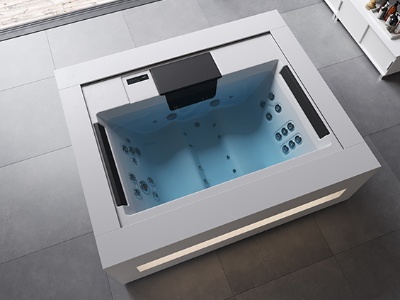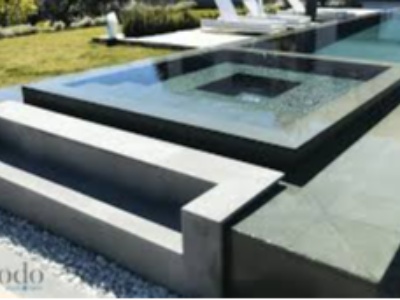
An automatic pool cover is an investment that guarantees safety, cleanliness and energy savings. However, regular maintenance is essential to ensure it works properly and to extend its lifespan. Without proper maintenance, the slats can wear out prematurely, the motor can lose efficiency and the cover can become less airtight, thus compromising its performance.
Why maintain an automatic cover?
An automatic cover protects the water from external impurities, reduces evaporation and limits the use of chemicals. However, an accumulation of debris, misalignment or a dirty motor can cause malfunctions. Regular maintenance prevents these inconveniences and guarantees optimal operation throughout the year. The first step in maintenance is to keep the slats or the cover clean. A dirty cover can not only alter the aesthetics of the pool, but also encourage the proliferation of algae and lime deposits. A weekly rinse with clean water removes dust and small debris. More thorough cleaning with a non-abrasive product is recommended once a month to prevent the accumulation of dirt between the slats. It is important to avoid aggressive detergents that could damage the cover's coating. The winding mechanism is a key part of how an automatic cover works. Irregular winding or a blockage can be caused by incorrect tension, an accumulation of debris or a motor fault. A monthly inspection will detect any sign of malfunction.The motor should be checked regularly to ensure that it is operating without abnormal noise or loss of power. Lubricating the moving parts helps to prevent premature wear. If any irregularities are noticed, it is advisable to consult a professional before the problem worsens.
Preventing limescale and algae deposits
Unbalanced water can cause limescale deposits on the slats and reduce the efficiency of the cover. Regular monitoring of the water's pH (ideally between 7.0 and 7.4) and adjustment of the alkalinity level can limit these deposits. The use of specific anti-limescale products can be considered to prevent incrustations.In summer, the cover can promote the formation of algae if the water is not properly treated. Good water circulation and adjustment of disinfectant levels are necessary to prevent these inconveniences. If algae appear, manual cleaning and shock treatment should be carried out before rolling up the cover.
Checking the structure and attachments
The anchoring points of the cover should be inspected to ensure that they are securely fastened and that no parts are damaged. An ill-fitting attachment can cause imbalances in the operation and compromise the safety of the cover. A thorough check of the fasteners and winding rails is recommended once a year.Seasonal maintenance and winterising
In winter, an automatic cover requires special attention. To avoid frost damage, it is advisable to:- Check that water does not freeze under the cover.
- Clean the rails and motor before winter shutdown.
- Install winterising floats to protect the structure from ice pressure.




